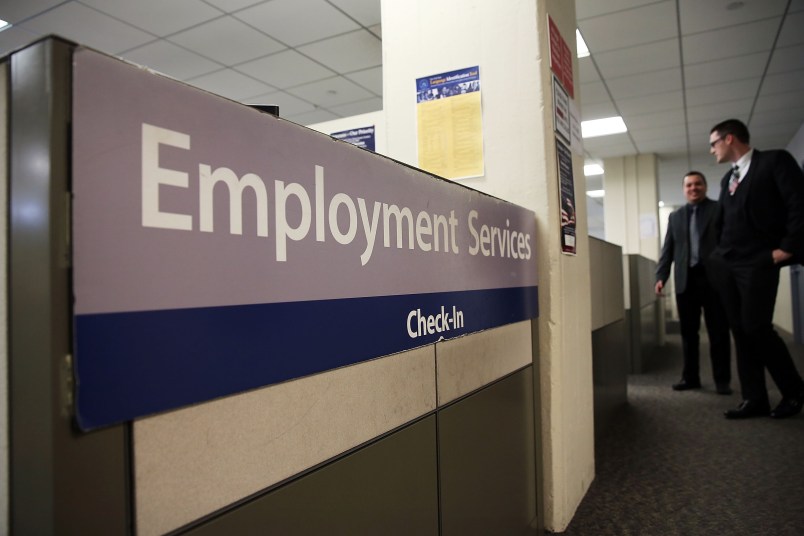In times of crisis, the kind of economic data that is ordinarily only of interest to economists and finance pros draws more attention from the rest of us as we look for signs of what is going on, and what is to come. Last week’s jobless claims number, the highest in United States history, was a sobering look at what is in store economically.
This week we’ll get another round of jobless claims numbers, along with looks at manufacturing and service jobs that will help us understand the velocity and depth of the economic crisis we are facing.
The big headline will doubtless come on Thursday when the weekly jobless claims are released and top last week’s already record-breaking figure. Jobless claims will likely increase by about 6.5 percent as 3.5 million people will have filed for unemployment, according to the median analyst estimate in Bloomberg News survey.
Before that, on Wednesday, we’ll see the latest ISM Manufacturing Index, which is a measure of activity in the manufacturing sector. The median forecast is 44 — down from 50.1 a month ago. A reading over 50 indicates expansion while a reading below 50 means contraction. The brief blip into expansionary territory — represented by that 50.1 in February — followed seven months of contraction as the sector entered a recession in the latter half of 2019.
The first nonfarm payroll report since the outbreak of the coronavirus will come on Friday, and analysts expect there to be a loss of 25,000 jobs raising the unemployment rate to 3.7%. We’ll also get a look at the ISM Non-manufacturing Index, a measure of activity in the majority of the economy, which analysts expect to decrease to 42 from 57.3.


